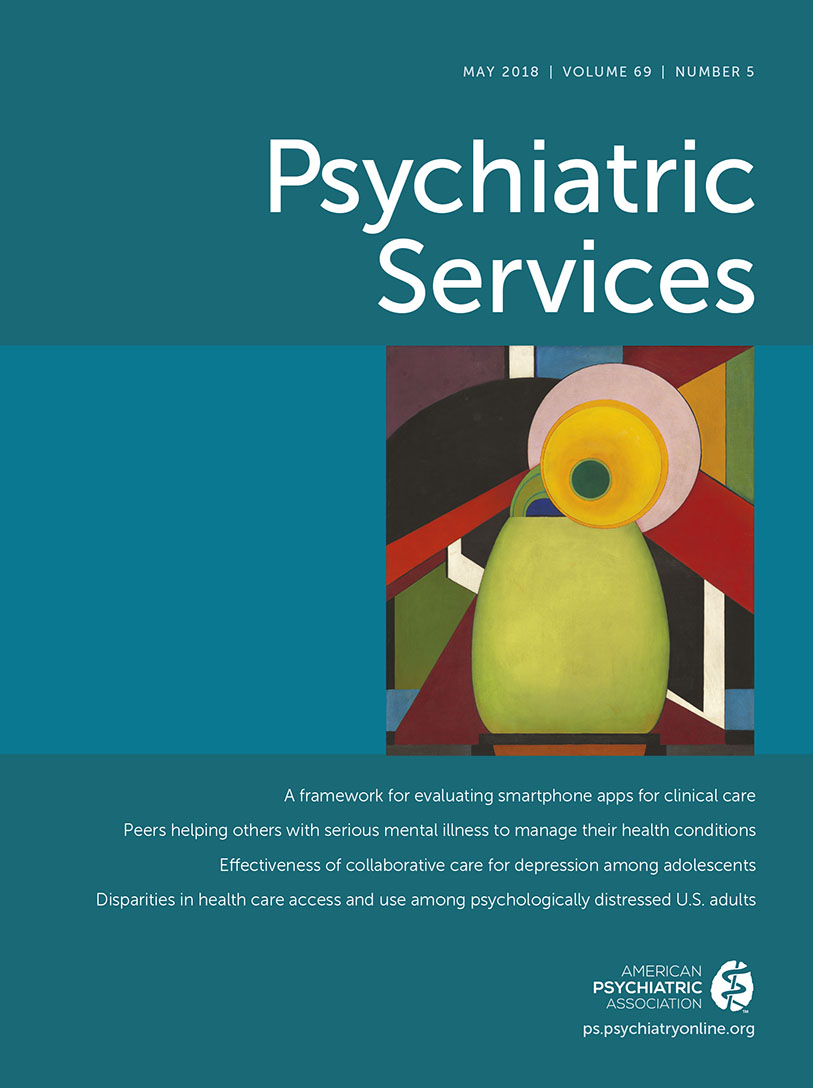Three Nontraditional Approaches to Improving the Capacity, Accessibility, and Quality of Mental Health Services: An Overview
Abstract
To provide evidence for wider use of peer workers and other nonprofessionals, the authors examined three approaches to mental health service provision—peer support worker (PSW) programs, task shifting, and mental health first-aid and community advocacy organizations—summarizing their effectiveness, identifying similarities and differences, and highlighting opportunities for integration. Relevant articles obtained from PubMed, MEDLINE, and Google Scholar searches are discussed. Studies indicate that PSWs can achieve outcomes equal to or better than those achieved by nonpeer mental health professionals. PSWs can be particularly effective in reducing hospital admissions and inpatient days and engaging severely ill patients. When certain care tasks are given to individuals with less training than professionals (task shifting), these staff members can provide psychoeducation, engage service users in treatment, and help them achieve symptom reduction and manage risk of relapse. Mental health first-aid and community organizations can reduce stigma, increase awareness of mental health issues, and encourage help seeking. Most PSW programs have reported implementation challenges, whereas such challenges are fewer in task-shifting programs and minimal in mental health first-aid. Despite challenges in scaling and integrating these approaches into larger systems, they hold promise for improving access to and quality of care. Research is needed on how these approaches can be combined to expand a community’s capacity to provide care. Because of the serious shortage of mental health providers globally and the rising prevalence of mental illness, utilizing nontraditional providers may be the only solution in both low- and high-resource settings, at least in the short term.



